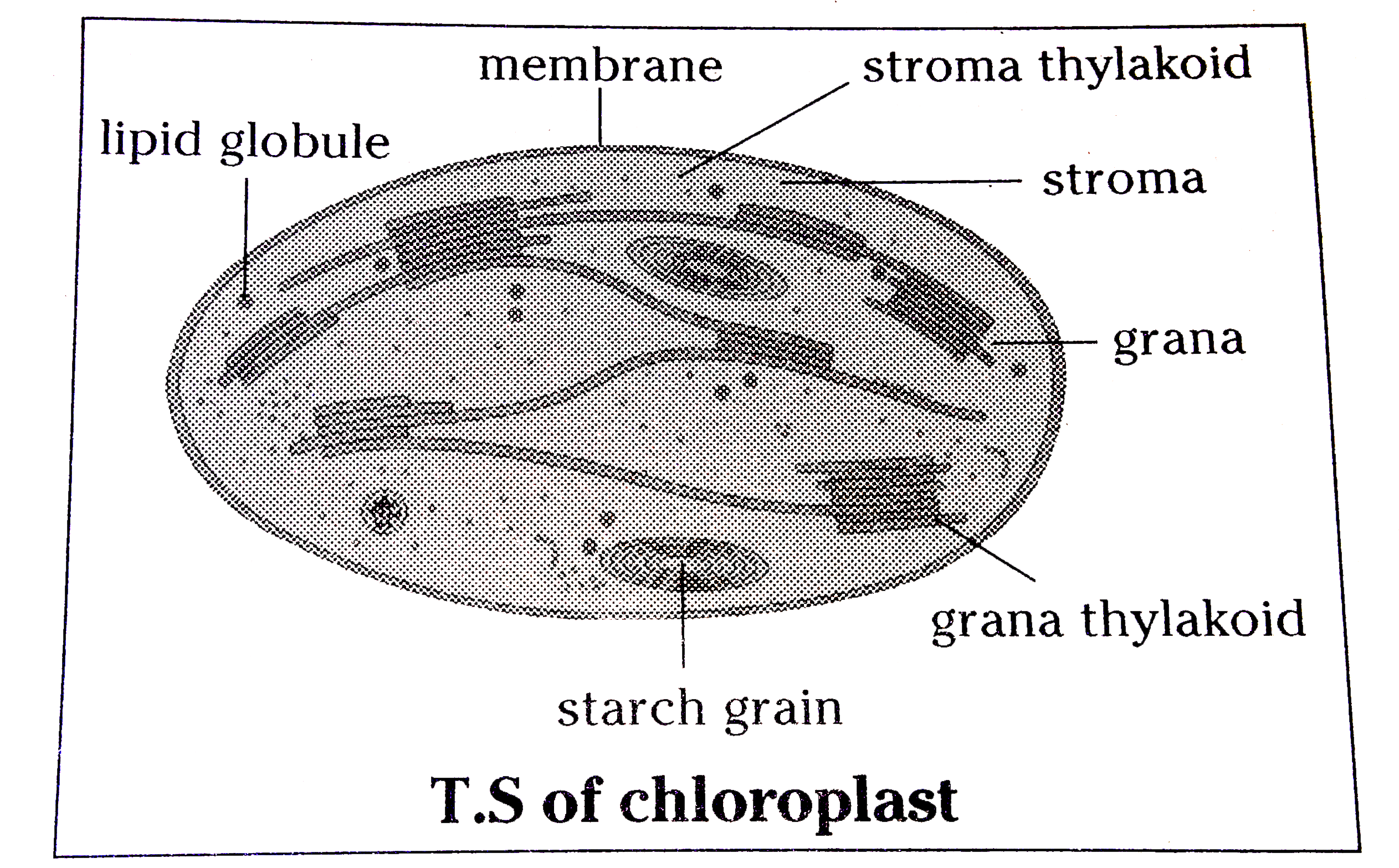Chloroplasts are specialized organelles found in plant cells that are responsible for photosynthesis, the process by which plants convert sunlight into energy. Drawing a chloroplast can be a fun and educational activity that helps you understand the structure and function of this important organelle.
Whether you are a student learning about plant biology or simply interested in art and science, creating a chloroplast drawing can be a rewarding experience. By paying attention to the details of the chloroplast’s structure, you can gain a deeper understanding of how it contributes to the overall health and growth of plants.
The Structure of a Chloroplast
Chloroplasts have a unique structure that includes a double membrane, thylakoid membranes, stroma, and chlorophyll. The double membrane surrounds the chloroplast and helps regulate the passage of materials in and out of the organelle. Within the chloroplast, thylakoid membranes contain chlorophyll, the pigment that captures sunlight and initiates the process of photosynthesis.
The stroma is the fluid-filled space inside the chloroplast where various enzymes and molecules are located to facilitate the chemical reactions of photosynthesis. Chlorophyll, the green pigment found in chloroplasts, is essential for capturing light energy and converting it into chemical energy that can be used by the plant for growth and metabolism.
When drawing a chloroplast, it’s important to include these key components in your illustration to accurately represent the organelle’s structure. Pay attention to the shape of the chloroplast, the arrangement of the thylakoid membranes, and the presence of chlorophyll pigments to create a detailed and informative drawing.
By taking the time to create a chloroplast drawing, you can enhance your understanding of plant biology and the process of photosynthesis. This hands-on activity allows you to visualize the intricate structure of chloroplasts and appreciate their vital role in sustaining life on Earth.
So, grab your sketchbook and pencils, and start drawing your own chloroplast today. You may be surprised at how much you learn and appreciate about the amazing world of plant cells and their remarkable organelles.
